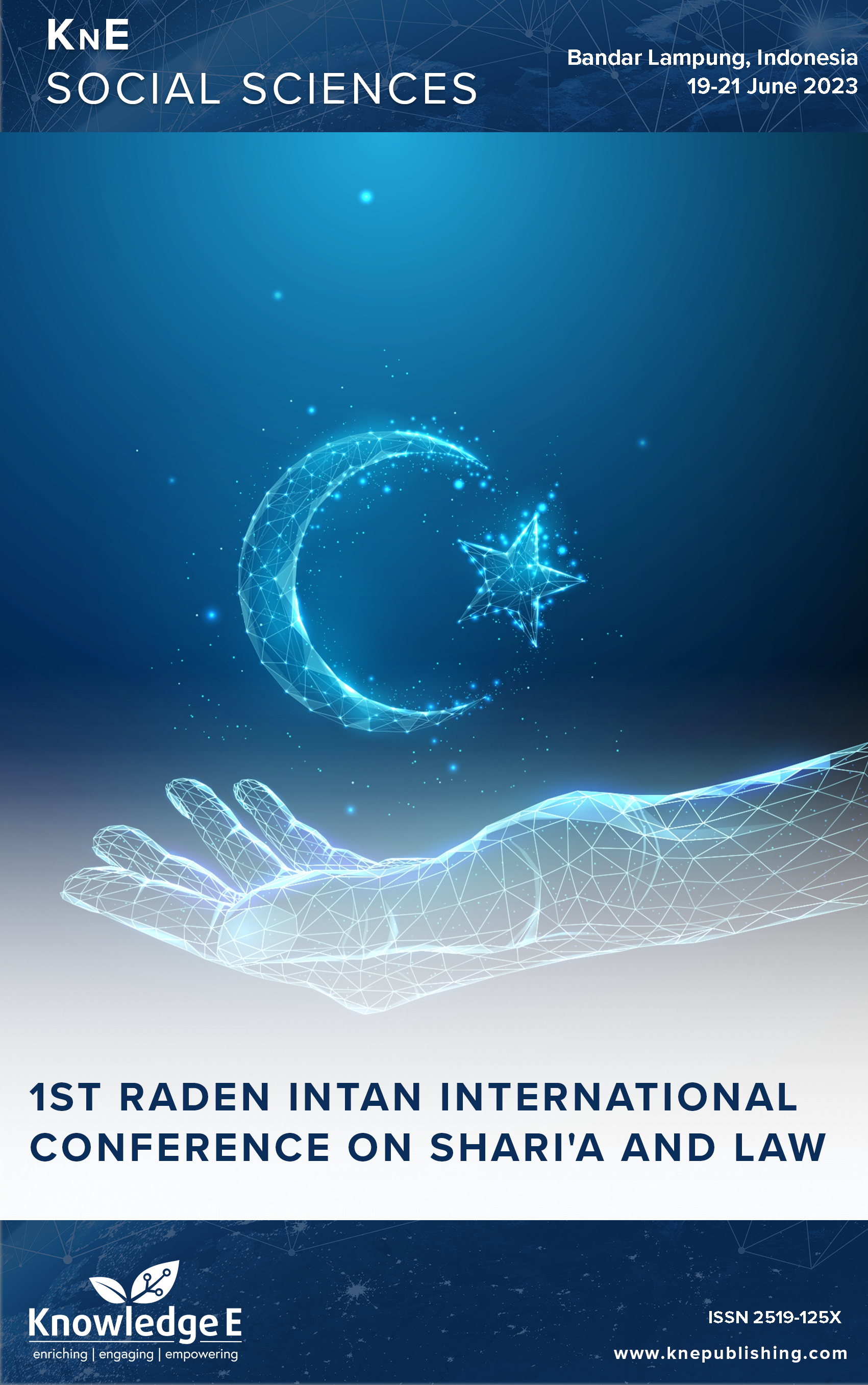Conceptualization of Gender Equality as the Protection of Women in Family Law Cases
DOI:
https://doi.org/10.18502/kss.v9i2.15022Abstract
Gender equality is a fundamental concept in achieving social justice and the protection of human rights. Women often face gender discrimination, gender-based violence, sexist stereotypes, and a patriarchal culture that contributes to gender injustice against women. Therefore, the protection of women in conflict with the law must be strengthened through an approach that focuses on gender equality. Especially in family law cases in the Religious Courts where it involves women. The issues raised are regarding the concept of gender equality as protection of women and what is the concept of gender equality as protection of women in family law cases? This type of research is library research or literature study. The results of this study can conclude that the concept of gender equality has been enshrined as one of the principles in adjudicating cases of women dealing with the law as stated in Article 2 of Supreme Court Regulation No. 03 of 2017 as a form of protection in family law cases. In the actualization of the principle of gender equality, when adjudicating women’s cases in the field of family law, judges are required to be gender sensitive. The role of judges in carrying out judicial functions and authority should indeed focus more on legal objectives. It is also necessary to pay attention to the principle of ex aequo et bono, which is stated in the subsidiary demands. This principle provides flexibility for judges to explore the law as widely as possible in order to uphold justice.
Keywords: equality, family, gender, law
References
Asas dan Tujuan. Koalisi Peremp Indones n.d. https://www.koalisiperempuan.or.id/tentang/asasdan- tujuan/#:∼:text=Koalisi Perempuan Indonesia bertujuan untuk,dan Budaya serta Lingkungan Hidup.
Mahmud Marzuki P. Penelitian Hukum. Jakarta: 2013.
Ali Z. Metode Penelitian Hukum. Jakarta: Sinar Grafika; 2010.
J. Moleong L. Metode Penelitian Hukum. Bandung: Remaja Rosdakarya; n.d.
Umar N. Mendekati Tuhan dengan Kualitas Feminim. Jakarta: Quanta; 2014.
Subhan Z. Tafsir Kebencian: Studi Bias Gender dalam Tafsir Qur’an. Yogyakarta: LKiS; 2016.
Indonesia R, Mengadili P, Perempuan P, Hukum D, Rahmattuhan D, Maha Y, et al. Peraturan Mahkamah Agung Nomor 3 Tahun 2017 Tentang Pedoman mengadili Perkara Perempuan Berhadapan Dengan Hukum, Berita Negara Republik Indonesia Tahun 2017 Nomor 1084 2017.
UNFPA. Frequently asked questions about gender equality 2005.
Ridwan. Kekerasan Berbasis Gender. Yogyakarta: Fajar Pustaka; 2006.
Retnowulandari W. Budaya Hukum Patriarki Versus Feminis: dalam Penegakan Hukum di Persidangan Kasus Kekerasan Terhadap Perempuan. J Huk 2010;8:17.
Umar N. Kodrat Perempuan dalam Islam. Jakarta: Lembaga Kajian Agama dan Jender; 1999.
KONVENSI CEDAW DAN CONCLUDING OBSERVATIONS TERHADAP LAPORAN GABUNGAN KE 6 & 7 (2004-2009, 2009-2012). Kementrian Pemberdaya Peremp Dan Perlindungan Republik Indones n.d. https://www.kemenpppa.go.id/index.php/page/read/30/283/konvensi-cedaw-danconcluding- observations-terhadap-laporan-gabungan-ke-6-7-2004-2009-2009- 2012.
UUD Republik Indonesia. Undang-Undang Dasar Negara Republik Indonesia Tahun 1945 1945;105:Pasal 27 (1).
Yahya Harahap M. Kedudukan Kewenangan dan Acara Peradilan Agama. Jakarta: Sinar Grafika; 2003.
Sutantio R. Hukum Acara Perdata. Jakarta: Gema Insani; 1996.
Fataruba S. Kompetensi Absolut Pengadilan Agama dan Kekhususan Beracaranya Pasca Amandemen Undang-undang Nomor 7 Tahun 1989 Tentang Peradilan Agama. Sasi 2016;22:65. DOI: https://doi.org/10.47268/sasi.v22i1.178
Mahkamah Agung Republik. Pedoman Mengadili Perkara Perempuan yang Berhadapan dengan Hukum 2018;2:46.
Nasrulloh AS. Asas Ultra Petitum Partium Dalam Penemuan Hukum Oleh Hakim Perspektif Hukum Progresif. 2015.
Subagyono BSA, Wahyudi J, Akbar R. Kajian Penerapan Asas Ultra Petita Pada. Yuridika 2014;29:102. https://doi.org/10.20473/ydk.v29i1.360. DOI: https://doi.org/10.20473/ydk.v29i1.360

